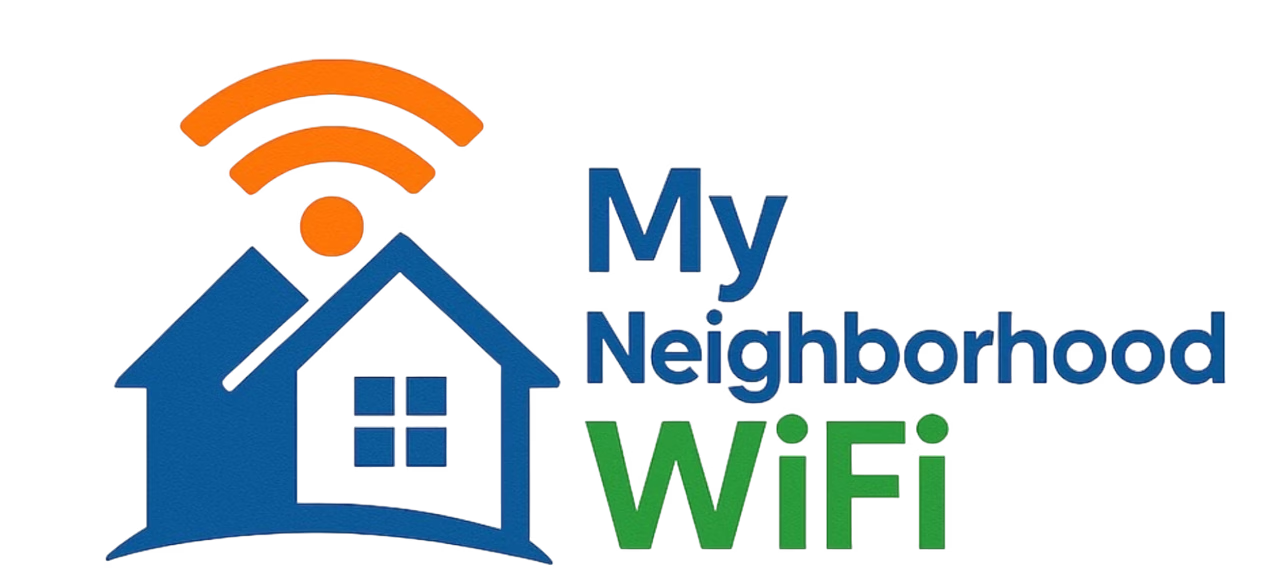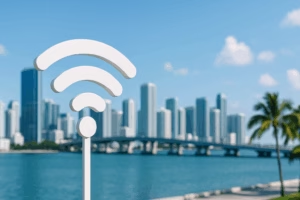
We’ve all felt the frustration of slow connections, endless buffering, or Zoom calls that freeze at the worst times. If your home Wi-Fi no longer keeps up with your daily life, it may be time to upgrade. Your internet plan should match how you use technology—whether for work, school, or streaming—and when it falls short, the experience can be stressful. Recognizing the warning signs early can save you time, headaches, and even money in the long run. Let’s dive into the clear signs you need a faster internet plan right now.
1. Your Video Calls Keep Freezing or Dropping
Remote work, online classes, and virtual hangouts have become a daily norm. But if you notice constant freezing, dropped calls, or robotic-sounding audio, your connection is struggling to keep up. Video apps like Zoom, Microsoft Teams, and Google Meet require steady bandwidth. When multiple people in your household use video conferencing at the same time, your internet plan might buckle under the strain.
What’s happening?
- Video conferencing needs a strong upload speed, not just download speed.
- Older internet plans often prioritize downloads, leaving uploads weak.
- When kids are in online classes while you’re in a meeting, slow plans can’t handle both.
Quick Tip:
If you notice calls disconnecting whenever someone else streams in another room, it’s a good sign you need more bandwidth—all family activities should be able to happen smoothly at once.
2. Streaming Feels More Like Buffering
Streaming movies, shows, or live sports should feel seamless, but buffering wheels and low video quality are telltale signs of insufficient internet speed. Modern platforms like Netflix and YouTube automatically adjust video quality based on your speed. That’s why your HD movie suddenly drops to pixelated standard definition if your plan can’t keep up.
Signs your streaming needs more speed:
- Frequent pauses to buffer while watching.
- Video quality shifts down from HD or 4K to lower resolutions.
- Two or more people streaming different shows at once crashes the system.
Entertainment has shifted to streaming more than ever, and if your plan was designed for simple web browsing, it won’t match the demands of today’s binge-watching habits.
3. Too Many Devices Drag Down Your Network
Think about how many devices are connected to your Wi-Fi right now—phones, tablets, laptops, smart TVs, gaming consoles, smart thermostats, speakers, and maybe even a few kitchen appliances. Each one uses a portion of your bandwidth. If your plan isn’t built for modern households with 10, 20, or even more connected devices, you’ll feel the slowdown everywhere.
Why this matters:
- Every smart home gadget uses a small but steady portion of your internet.
- More devices introduced over time make an outdated plan fail silently.
- If gaming, streaming, and work overlap, weaker Wi-Fi plans collapse.
One of the best solutions for homes with lots of devices is a router with Wi-Fi 6 technology, which is praised for handling high device loads without bottlenecks. As noted in guides like yestechie.com, upgrading your hardware along with a faster plan ensures your devices stay connected without competing for scraps of bandwidth.
4. Online Gaming Feels Laggy and Unfair
Gamers are among the first to notice when speeds aren’t enough. A tiny delay (known as latency) can mean losing battles, missing shots, or disconnecting entirely. If your online matches seem unfair and your reactions never register as quickly as others, slow internet could be the culprit.
How lag shows up:
- Your character moves slower than others in online games.
- Enemies appear out of nowhere due to delayed rendering from lag.
- Game downloads and updates take hours instead of minutes.
According to reviews of high-performance routers like the ASUS ROG Strix GS-AX5400 gaming router (Amazon), consistent speed and low latency make all the difference. But keep in mind that even the best hardware won’t perform well if your internet plan itself is too slow for modern multiplayer gaming.
5. Uploading and Cloud Backups Take Forever
It’s not just about downloading anymore. Upload speeds matter a lot—especially for work files, cloud storage, and photos. If it takes forever to back up files to Google Drive, iCloud, or Dropbox, your upload speeds are probably dragging you down. Many older internet plans offer upload speeds that are barely a fraction of their download speed, making them unusable for today’s cloud-first workflows.
Examples of upload-heavy tasks:
- Backing up family photos or videos to cloud storage.
- Uploading large work documents or creative projects.
- Streaming live content on YouTube, Twitch, or Facebook Live.
Cloud backups are essential for security and convenience, but when uploads creep along at a snail’s pace, your files may not sync correctly—or you’ll avoid backing up entirely, which puts your data at risk.
What You Can Do Next
If you’ve identified with several of these signs, your internet plan is holding you back. Here’s what to consider:
- Check how many devices are connected in your home.
- Test your current speeds compared to what you’re paying for—free tools like YouTube tutorials on speed tests can help you do this easily.
- Look for internet plans that highlight strong upload speeds if you rely heavily on video calls, gaming, or cloud backups.
- Upgrade your router if yours is 3+ years old—modern Wi-Fi 6 models are built for multi-device homes.
Table: Common Internet Activities and Recommended Speeds
| Activity | Recommended Speed |
|---|---|
| HD Streaming | 5–10 Mbps per stream |
| 4K Streaming | 25 Mbps per stream |
| Video Conferencing | 3–5 Mbps upload per user |
| Online Gaming | Low latency, at least 10–25 Mbps download |
| Cloud Backups | 10 Mbps+ upload recommended |
Final Thoughts
Modern life demands fast, reliable internet. If you’re juggling video calls, cloud backups, streaming, and smart devices, an outdated plan can’t keep up. Freezing screens, constant buffering, unresponsive gaming, and sluggish uploads aren’t just minor annoyances—they’re clear signals that your plan is outdated. Take the time to evaluate your household’s needs, and don’t hesitate to upgrade when your current service can’t meet them. The difference between frustration and freedom online might simply be a faster internet plan.
“Most inquiries are answered within the same day”
Written by admin
Content writer and tech enthusiast sharing insights on internet connectivity.



